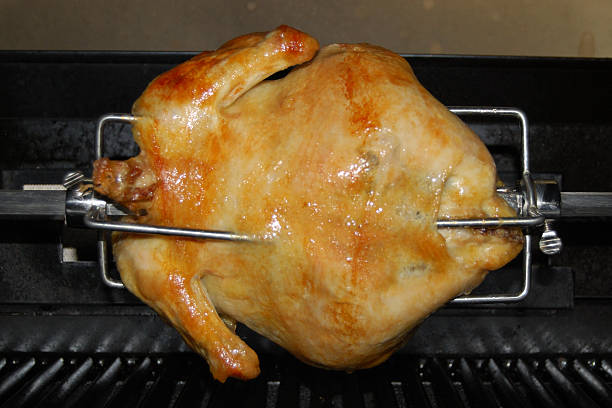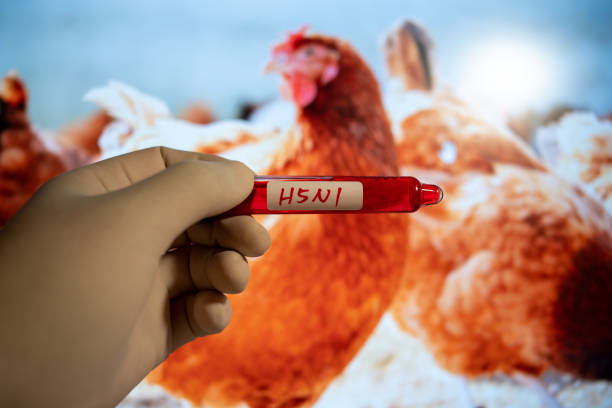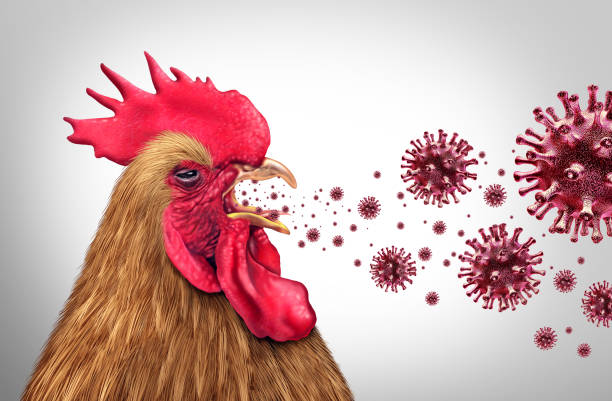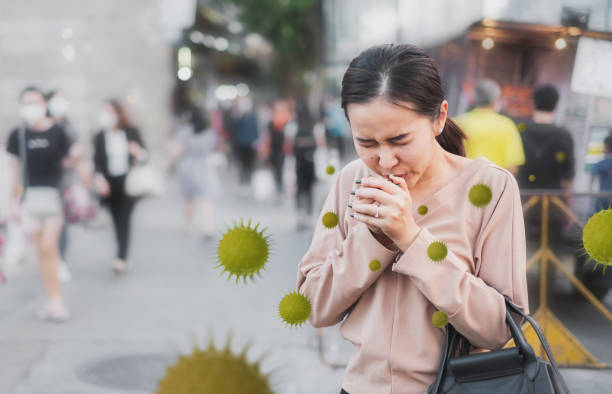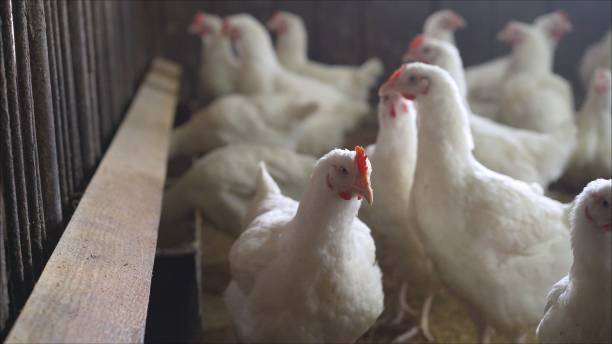The H5N1 virus, commonly known as bird flu or avian influenza, poses a significant risk to both bird and animal populations, as well as to human health. While transmission to humans is not often reported, proper food handling and cooking techniques are essential to prevent potential infections. This article explores the safest practices for preparing poultry to minimize the risk of H5N1 exposure, with a focus on safe, bird flu food preparation.
Understanding Bird Flu and Food Safety
H5N1 is a highly pathogenic avian influenza virus that primarily spreads among birds. In rare cases, humans can contract the virus through direct contact with infected birds, contaminated surfaces, or undercooked poultry. However, proper cooking and food safety measures can effectively eliminate the virus, making poultry safe to consume.
Safe Handling of Poultry
To reduce the risk of contamination, follow these essential food preparation guidelines:
- Purchase Poultry Only from Trusted Sources
- Buy poultry from reputable suppliers that are known to adhere to strict safety regulations. While it might be a bit more expensive, the added cost is worth your and your family’s health.
- Look for USDA or equivalent certification ensuring that the meat has been inspected. This adds an extra layer of safety and reduces the chances that you’re going to end up with contaminated poultry.
- Proper Storage of Raw Poultry
- Keep raw poultry refrigerated at 40°F (4°C) or below and use it within 1-2 days.
- If storing for longer periods, freeze poultry at 0°F (-18°C) to prevent bacterial and viral growth.
- Store raw poultry separately from other foods to avoid cross-contamination.
- Safe Thawing Practices
- Thaw frozen poultry in the refrigerator, cold water, or a microwave. Avoid leaving poultry at room temperature.
- If you’re using the cold-water method to thaw poultry, ensure that you change the water every 30 minutes.
Cooking Poultry to Eliminate H5N1
While you may take all the care in the world to get safe poultry, there’s always a chance that it might at times be contaminated. There’s no way to know, though, especially if your purchase is from a reputed supplier or if it has all necessary certifications. What can you do? Well, thorough cooking destroys the H5N1 virus and other harmful pathogens:
- Cook poultry to an internal temperature of at least 165°F (74°C), measured using a food thermometer at the thickest part of the meat (Centers for Disease Control and Prevention [CDC], 2023).
- Ensure that there is no pink meat, and juices run clear before consumption.
- Avoid consuming raw or undercooked eggs, which may come from infected birds.
Preventing Cross-Contamination
Let’s assume that the poultry you’ve purchased or are about to purchase is free of avian influenza. However, you’ve got to be prepared for cross-contamination. Cross-contamination can occur when raw poultry comes into contact with other foods, utensils, or surfaces. Follow these preventive measures:
- Use separate cutting boards for raw poultry and other ingredients.
- Wash your hands thoroughly with soap and warm water for at least 20 seconds after handling raw poultry.
- Sanitize kitchen surfaces, knives, and utensils with hot water and disinfectant after use.
Safe Consumption Practices
- Avoid consuming undercooked poultry, raw eggs, or products made from raw poultry.
- Be cautious with poultry-based dishes such as sushi, tartare, or traditional raw preparations in certain cuisines.
- When dining out, ensure poultry dishes are well-cooked and sourced from reputable vendors.
To summarize – while H5N1 indeed poses a risk, following proper food safety measures can significantly reduce the chances of transmission through poultry consumption. By practicing safe handling, thorough cooking, and preventing cross-contamination, you can enjoy poultry without concern. Always follow bird flu food preparation safety guidelines to maintain both personal and public health.
References
Centers for Disease Control and Prevention. (2023). Avian influenza: Food safety and handling. https://www.cdc.gov/flu/avianflu/food-safety.html
